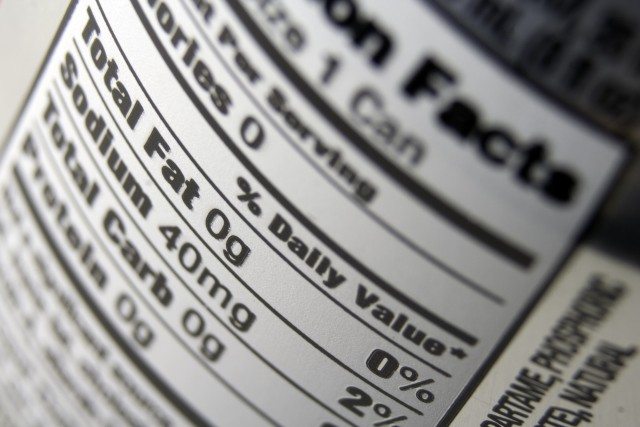The US Food and Drug Administration (FDA) has announced plans to overhaul the Nutrition Facts label on the back of packaged foods.
The announcement comes at a time when the percentage of US consumers who read the Nutrition Facts label is declining, says The NPD Group.
A decade ago, 15% of consumers said that they do not look at the label and now 24% do not, according to NPD’s ongoing food consumption research.
The FDA’s proposed changes to the Nutrition Facts label, which has not been updated for more than 20 years, will require serving sizes on the label to reflect what, on average, consumers actually eat.
The label will also for the first time list added sugars.
About 20% of all package labels will be adjusted, according to the FDA.
Food manufacturers have until July 2018 to comply with the new label rules.
The FDA, which first proposed the rule in 2014, estimated at the time that the cost to industry of updating the labels would be about US$2 billion.
As for those consumers who do read the Nutrition Facts label, calories were for a long time the top item checked on its own.
Adults are now checking first for sugars on the label and total calories are now a close second.
Following sugars and calories, in rank order of importance, are sodium, total fat, and total carbohydrates, reports NPD Dieting Monitor, which is an ongoing tracker that captures consumers’ dieting behavior and eating intentions.
“The reasons why more consumers are not looking at the labels are varied, but among the reasons is that the label hasn’t been updated in over 20 years,” says Darren Seifer, NPD food and beverage industry analyst.
“Additionally, consumers now have many more resources at their fingertips to research nutritional information.”
“The fact that there is a new label and it will be more reflective of consumer interests and how they actually eat may recapture their interest.”










